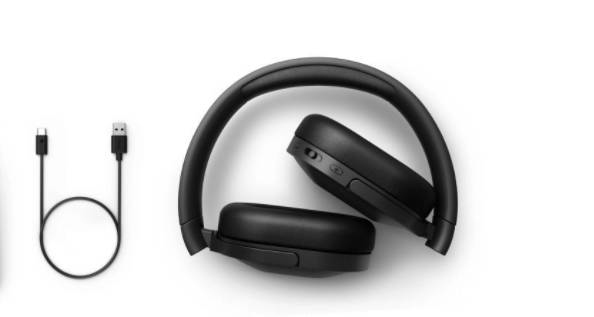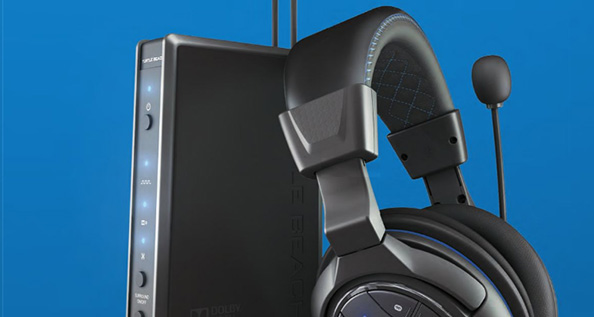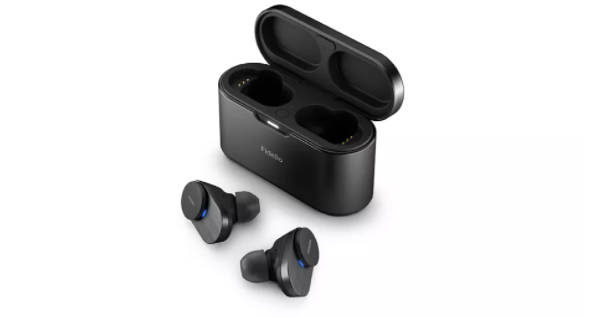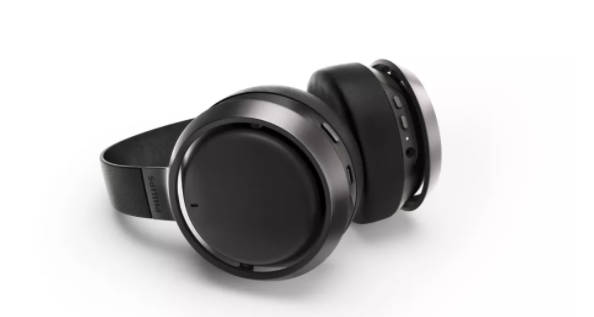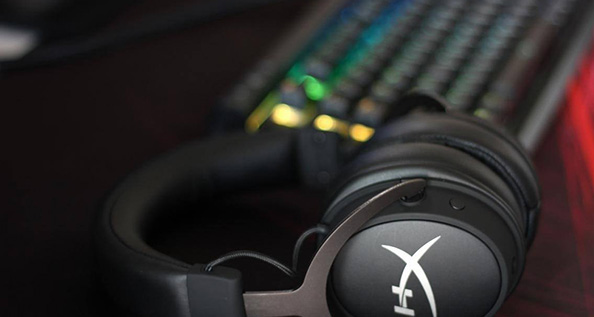Anker Soundcore Life Q35 headphone review: Great looks, sound, and noise cancellation
Design and features
The Q35 are over-ear headphones with 40mm drivers housed in deep cups connected by a comfortable headband. They support Bluetooth 5 and Sony’s LDAC lossless audio codec. They arrive in a hardshell carry case with a USB-A to USB-C cable for charging, a 3.5mm stereo cable, and an airplane adapter bundled up in a handy silken bag.
You’ll find the plus, minus, and play/pause buttons, as well as a 3.5mmm stereo audio jack for hardwired use, on the bottom of the right-hand cup. The touch-sensitive surface of the right cup also serves to toggle noise cancellation; they can also be used to pair to devices using NFC.
The power/pair button, power status indicator, USB-C charging port, and the noise cancellation mode button are on the left-hand cup. The latter invokes several modes, which are tailored for different types of ambient noise. Spoiler: they all work well.
The Q35 also feature an auto-pause function that pauses music/video when you take the headphones off and resumes it when you put them back on. Dual microphones are used phone calls and for noise cancellation (capturing ambient noise for a phase-negative copy).
Contrary to Anker’s advertising, there is no artificial intelligence—the mimicking of the human mind—employed here. Unless the device touting AI can discuss philosophy with you, it’s not AI.
Performance
The first thing I noticed sonically about the Q35 was their heavily pronounced low-frequency reproduction. I fired up Young Jeezy before Holst’s The Planets, and it sounded like there was a sub-woofer in play. Boom, boom. It was a bit much for my tastes, and I also found the high-end and upper mid-range a bit underplayed at the default settings.
As with the company’s Motion Boom Bluetooth speaker, however, the Q35 won me over once I’d made use of the Soundcore app to tailor frequency emphasis to taste. Said EQ fixed things up nicely, although the clarity and definition (i.e., an ability to isolate instruments) of the sound field still didn’t quite measure up to the highly sonorous, but problematic Drop Pandas with their planar driver. Then again, nothing else does either, and there’s a price difference of several hundred dollars at play.
While the Q35’s sonics are merely good in the grand scheme of things, the active noise cancellation) is fantastic. I noticed zero difference in the sound with the ANC on or or off; it does a very good job of shutting down the ambient noise as well.
Anker’s Soundcore app provides some rather convincing natural ambient noises (birds, rain, wind, etc.) for “Superior Sleep”. If I were Anker, I’d lengthen the loops to at least 30 seconds. The approximately ten seconds they currently last makes them noticeably repetitive. On the plus side, you can mix them together to form different combinations. Listening as I write this, I just yawned. Repetitive or not, it seemingly works. Or perhaps it’s just been a long day.
I can imagine Superior Sleep would help on a plane, but sleeping with these headphones while lying on your side might not be the most comfortable experience.
Not that the Q35 aren’t comfortable in general—they are. They’re lighter than the norm, with plenty of padding, while still maintaining a tight fit. My ears never came close to touching the speaker grills, and the top of my head never felt unduly pressured by the headband. The latter is a rather rare experience.
Run time was at about 10 of the 40 claimed hours, and battery level was still announced at power-up as medium. Note that in my experience, headphones rarely live up to their lofty claims; so 10 hours is better than many.
Overall, I’d describe the Q35’s sound as sonorous, but not particularly punchy. But I’ve never heard anything better in this price range, so consider that me being picky.




